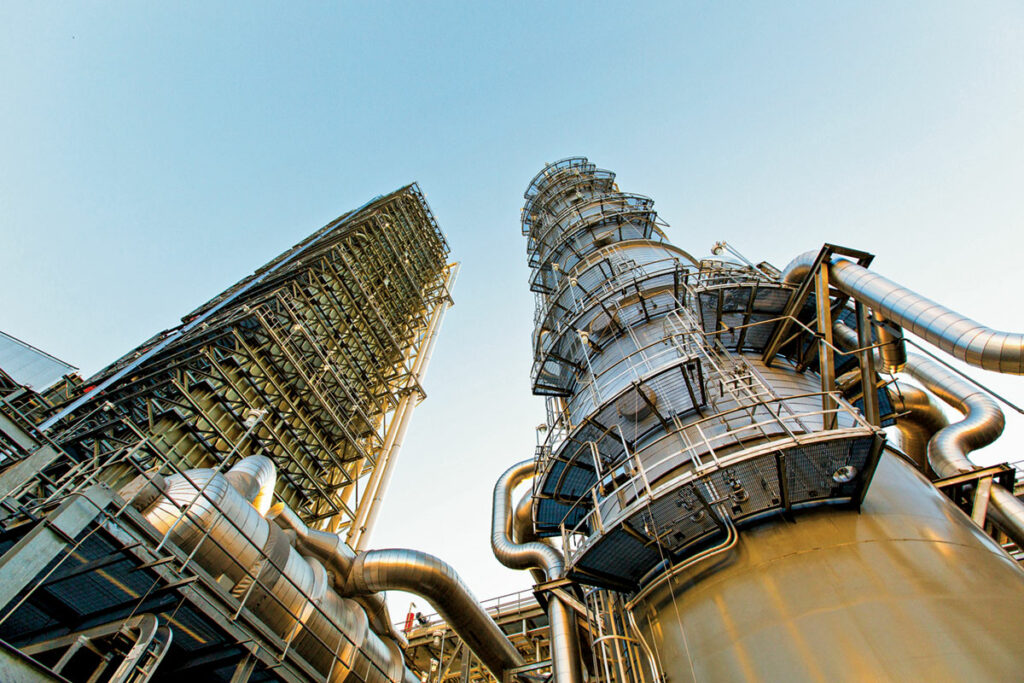We are often hustled along on climate with claims that the crisis is too urgent for deliberation or evidence-gathering, that we must go faster and do it now right now. But Tony Brown asks a very important question about such cries for reckless action on Watts Up With That?, namely: If we reach net zero carbon in 2030 as Extinction Rebellion wants, or 2050 as the Paris crowd prefers, what next? How long does it take for CO2 to start falling to “safe” levels and then when do temperatures fall back to “safe” pre-industrial levels. Another question the alarmists prefer to talk around is precisely how large the costs of reaching net zero would be. But first things first: If we do win this race, what if anything is the prize that justifies whatever the costs are?
There is another related question that is also rarely asked. But we have asked it and do not intend to stop: What makes anyone think, if we could in fact stop temperatures from increasing, and gently lower them again with our superior wisdom and technology, that the temperature in 1950, or 1850, or 1750, is the “right” one at which we should be aiming? Or indeed 49 BC, or 5000 BC, or 49 million BC?
Various zealots including Al Gore and John Kerry have claimed that temperatures were stable for thousands or, in Kerry’s spectacularly ignorant case millions, of years and thus it’s right because it’s what nature intended. But since they’re wrong about an easy target of “relative climate stability“, and nature has been all over the thermometer over the years, including a much warmer Earth that was spectacularly hospitable to life, we need to come back to this issue at some point.
It’s one thing to say it’s terrible if temperatures rise because they’ll keep rising. But if it’s plausible that the curve will taper off (for instance because Equilibrium Climate Sensitivity represents the expected increase per doubling of atmospheric CO2 and each doubling requires twice as much, duh) then the argument has to be not that a slightly warmer planet is bad because it’s a sign of the fire next time, but because it’s already disastrous. As CNN just claimed, joining the chorus of vultures over California wildfires: “This is what a world looks like with just over 1 degree of global warming” over images of California wildfires with the subhed “Entire towns have been burned to the ground”.
CNN is evidently unaware that it was warmer in the Middle Ages and the Roman Warm Period without the globe becoming an incinerator of species in either period. But for good measure it threw in that “The planet could get much hotter” before quoting that calm and dispassionate moderate Michael Mann that “It’s a matter of how bad we’re willing to let it get” (that fixation with will again) and “If we keep planetary warming below 1.5 Celsius, which is still possible given concerted climate action, we can keep climate change impacts within our adaptive capacity. If we don’t, we will likely exceed it.” Which is vague and terrible and presumably means the hurricanes will spread the wildfire into the flooded cities and we’ll all have zika or coronavirus and so forth.
Still, one disaster at a time. And one question at a time. So we ask with Brown: Assuming you’re right that man-made CO2 is causing warming and that warming is bad and getting worse, how much benefit will we see from reaching your targets and on what time scale? Because if the answer is none, or none for centuries, then we should obviously either find a better plan or just stop trying. It’s bad enough sacrificing our way of life to save the planet. But it would be fatuous to sacrifice it without saving it.



One inconvenient fact that the CO2-reduction enthusiasts never seem to appreciate is that the human population of our world has increased as CO2 levels have increased, due in large part to the increased food supply resulting from greater crop yields . The last time atmospheric CO2 was at 350 ppm was in 1988, when the human population of our planet was 5.1 billion. Today, 32 years later it is 7.8 billion, a growth of over 50% from 1988. During that period, crop yields have also increased by about the same amount, due largely to the increased CO2 levels, although to be fair, improved farming methods have also helped. Now let us suppose that by some magic means - poof! - we could reduce CO2 levels from the current 420 ppm back to 350 ppm. This would cause a decrease in crop yields of, at a guess, 30-40%. The result would be mass starvation, and some very nasty wars as the survivors fought for the remaining food supplies.
Thanks, but I think I'll stick with the current 420 ppm.
You may be over estimating the effect of 420 ppm, but you make a very good point. At the base of that argument is the frightening growth of the population over the last 32 years . Probably the best thing for the planet is for us to ignore all this co2 fantasy and think of ways to gradually reduce our population. That would have two effects, first we would stop displacing other species and secondly satisfy those who need to have their co2 reductions. I mean really, how many billions of people do we really need on this planet? Of course that doesn't work well with the free market which depends on continuous growth, but that will have to be dealt with at some point anyways, unless we can extend our market beyond he planet.
There is a very simple, two-fold method to reduce population growth, and ultimately reduce actual population:
1. Increase the standard of living in poorer parts of the world;
2. Improve education levels in those parts, especially that of women.
There is a significant correlation between income and family size. As societies get wealthier, family size drops, until you get to the stage in most of the first world where births are below the replacement level. This phenomenon is helped along by higher education levels for women.
There are a number of ways to raise societies out of poverty. Installing a reliable (i.e. fossil fueled) electricity supply, and removing trade barriers with wealthier nations are just two of the more obvious ones.
The funny thing about Covid and the lockdowns is that - despite air and car travel and much else being significantly reduced, the effect on global CO2 measurement appears to be zero. If you check the stats. from Mauna Loa - the curve across the years is indistinguishable from other years. So if lockdowns doesn't affect global CO2, it might not be humans after all...
it is well recognised that volanoes, like Mauna Loa, emit sometimes large quantities of carbon dioxide, so how sensible is it to measure CO2 levels in such a location?